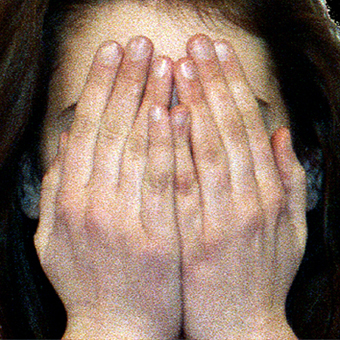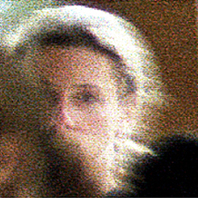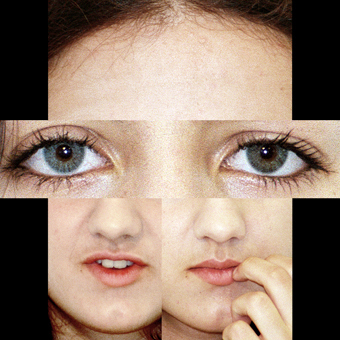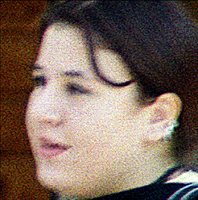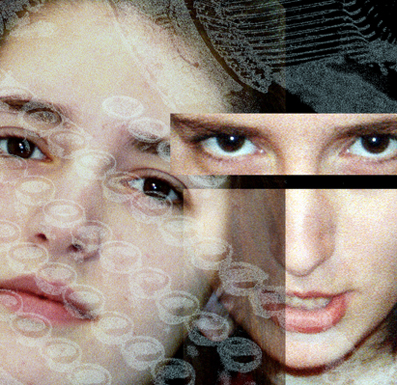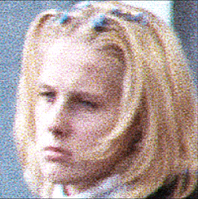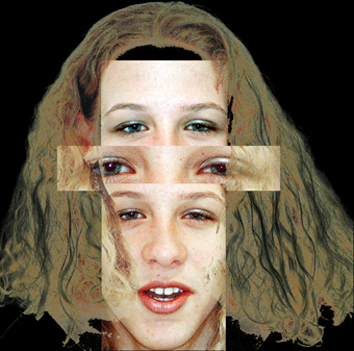To my friend and colleague Popi Krouska
Dear Popi,
I am writing a few words not as a critic or art historian but in order to communicate with you. Knowing your course in art, I was astounded and overjoyed with your bold move to proceed, without negating your previous work, into the difficult area of technological research and produce a poetic result. From the solid to the intangible, from matter to non-matter; from the “Target” of 1996 to the “Obsessions” of 1997 – and now what? A plotter? Do you still aim at something? Perhaps, but what is it – large surfaces or golf balls?
All this may have left you trapped and frustrated at some point. Now you are aiming at the chaos of technology, taking a leap towards freedom, yet the chaos of the age traps you; time will show whether this is positive or negative, but you still gain freedom for yourself and your feelings. Who could think that technology would come to add emotion to your work! In our talk last night you said that our world is but an image, a plotter, and I replied that I don’t know about us, but our children, our family will become the willing victims of a next reality. What are your girls, anyway? Inventions, though which to grasp the pulse of a world that proceeds at a wild pace?
You cover your eyes with your hands so that more eyes can open, smaller, larger or huge ones. I think that this moment in your career has opened a third eye for you: the eye of the world. All this is determined by the pixels to acquire the expression that you want.
Artists must be universal, and Rimbaud said once that il faut être absolument moderne. In an art like photography, any image is an artistic object just like a painting, and the process of formalising an object for the final aspect of an artwork is the same.
The fundamental artistic act at the beginning of all art forms reveals the primary artistic concept which stems from the cause that triggered it. It is only the medium that changes (prima idea). The final detail, introduced into the work as an autonomous presence, is the dynamic, specific fascination of the artist’s initiative before it becomes a marketable commodity.
You continue to dissect the parts of the face to create another autonomous work. Now we live with the internet, the software which can connect us to the primordial instincts of human existence and participates in the creations of artists in the year 2000. In other words, art and technology; one more medium that artists, too, had to use in their quests among the interconnected spiritual communications of the world.
So what has changed, Popi? I would say that Krouska retains her pace, the force that underlies her creations, and irrespective of whether she uses tangible or intangible materials they enable her to show her passion through a ‘conspiracy’ between artist and computer.
Yiulia Gazetopoulou
September 1999 |
![]()
![]()

